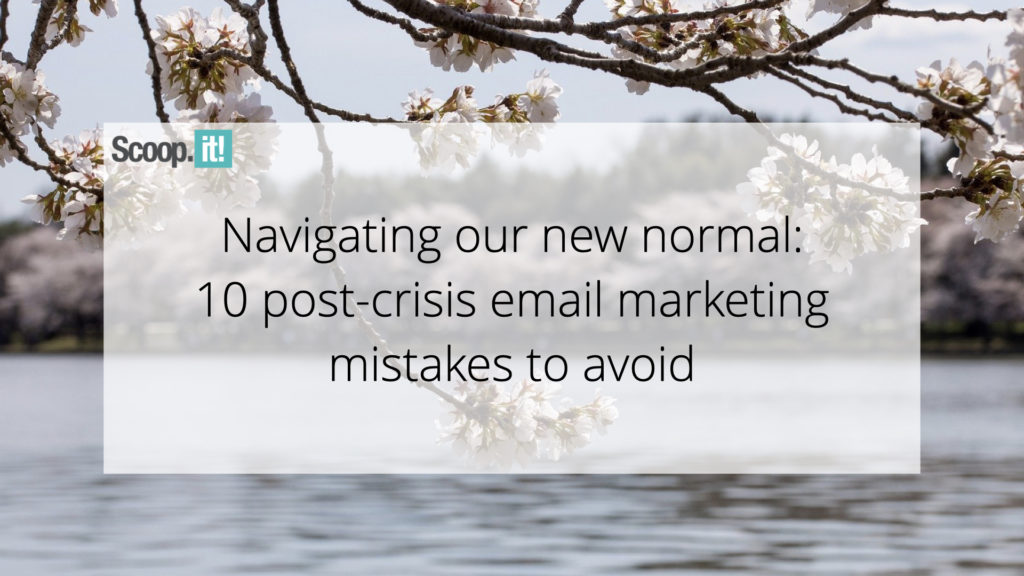Paid Media awareness and return on ad spend: a poisoned chalice

Table of Contents
Marketing often pushes for a quick return on investment – proof that your dollars spent equate to more dollars earned. Doubtless, many campaigns are doomed to fail before you’ve even got them off the ground because you see a less-than-palatable ROAS, ROI or some other revenue/income/profit based metric.
As marketers, we often have the troublesome task of trying to prove value from absolutely every single campaign or piece of activity across every single ad network. It’s not only a difficult task, but it’s almost always counterintuitive.
Why do we gatekeep awareness?
“Awareness”.
Just the word is enough to strike fear into the heart of many marketing managers because of what is implied: a lack of directly attributed revenue – something that everyone who’s born out of the Revenue or Bust school of thought would shudder at. But why is a lack of directly attributed revenue so terrifying?
It’s completely understandable why this mentality exists. As marketers, we live in an era where data and numbers drive the majority of decisions we make. So if it appears that the data and numbers aren’t good enough, you decide to stop running those awareness ads on Pinterest, it makes sense. Ultimately, if you can’t prove real value, you’re going to have your boss breathing down your neck and for what? Why can’t you prove value from those upper funnel display ads you’re running on the Financial Times?
Awareness is a concern to many marketers, not because we don’t think it’s valuable, but more because we struggle to prove its value. The problem is, we’re only assigning a true value to revenue in the immediate term. This makes any upper funnel activity across display, paid social, and essentially any of the channels that rely more on post-view than post-click, an impossibility before they’ve begun.
Is it possible to drive a direct return on awareness?
So if the problem isn’t with awareness activity, it’s with a lack of measurement. What can we do to prove value for ads that don’t yield an immediate and direct return?
It’s the age-old question that many SaaS, reporting or attribution solutions have aimed to answer. There are many options out there, whether it’s using 3rd party tracking tools to provide more insight into post-view and post-click data, moving toward a mixed-media modelling approach, or simply omitting upper funnel spending from the return on investment calculations.
The big problem with many of the alternatives is that they don’t solve the inherent bias toward attribution – they simply try and assign more value to something that routinely should never have been meant to drive return in the first place.
Yes. It is possible to drive a direct return on awareness activity through paid media. Though, the barriers to entry for this are exceptionally high, meaning that even brands like Disney – who have a huge technology budget – struggle to accurately measure every single campaign. Mixed media modelling also requires a huge amount of data for every channel, which most brands simply wouldn’t have – least of all when they’re trying to prove value from newer channels.
Is all paid awareness measured evenly?
If upper funnel activity activated through paid media is difficult to measure, then what should we do from a benchmarking perspective?
We review in isolation, and then holistically.
Marketing managers often focus on reviewing shifts in activity over a short period of time, rather than over a longer duration. Realistically, most of your upper funnel budget is only going to yield returns if it’s nurtured and properly directed to onward down-funnel actions.
Holistic measurement is nice in theory, but it can be difficult to get approval from senior management. It’s also often difficult to make short-term budget decisions if you’re waiting on long-term results and investments.
We need to view upper funnel activity in many ways. The very fact that it is first on the chopping room floor due to poor ROAS completely invalidates the end goal of these campaigns.
Awareness should be exactly that, to make people aware. If you’re using upper funnel metrics to drive sales, you’re probably measuring and benchmarking the wrong performance indicators or looking at vanity metrics.
Stop measuring all activity in the same way
Running awareness campaigns through paid ads will never be an easy sell if you’re tied to return on ad spend alone. The moment we start looking at upper funnel metrics that reflect the goals we want to achieve, the better our results will be. Don’t focus on impressions, focus on unique reach. Don’t focus on clicks or views, focus on the engaged views and landing page visitors. Understand that the audiences you have available to you at awareness level can be nurtured and converted into ROAS.
Want a helping hand from our Paid team? Get in touch and they can directly help with optimising your paid activity for measuring the right metrics.







